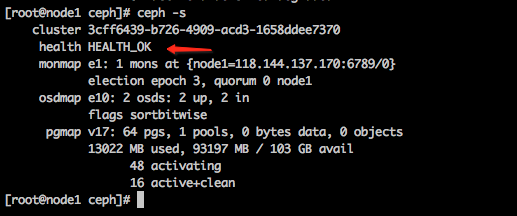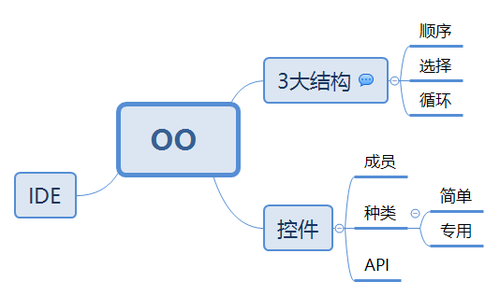LeetCode_字符串_简单_28.实现strStr()
目录
- 1.题目
- 2.思路
- 3.代码实现
1.题目
实现 strStr() 函数。
给你两个字符串 haystack 和 needle ,请你在 haystack 字符串中找出 needle 字符串出现的第一个位置(下标从 0 开始)。如果不存在,则返回 -1 。
说明:
当 needle 是空字符串时,我们应当返回什么值呢?这是一个在面试中很好的问题。
对于本题而言,当 needle 是空字符串时我们应当返回 0 。这与 C 语言的 strstr() 以及 Java 的 indexOf() 定义相符。
示例 1:
输入:haystack = “hello”, needle = “ll”
输出:2
示例 2:
输入:haystack = “aaaaa”, needle = “bba”
输出:-1
示例 3:
输入:haystack = “”, needle = “”
输出:0
提示:
0 <= haystack.length, needle.length <= 5 * 104
haystack 和 needle 仅由小写英文字符组成
来源:力扣(LeetCode)
链接:https://leetcode-cn.com/problems/implement-strstr
2.思路
本题显然属于字符串的模式匹配题,通常来说有 BF (Btute-Force) 算法(也称单匹配算法)和 KMP 算法这两种算法解题。
(1)BF 算法
参考【算法】Brute-Force 算法这篇文章。
(2)KMP算法
参考【算法】KMP 算法这篇文章。
3.代码实现
//思路1————BF算法class Solution {public int strStr(String haystack, String needle) {int i = 0;int j = 0;//两个串都没有扫描完时循环while (i < haystack.length() && j < needle.length()) {if (haystack.charAt(i) == needle.charAt(j)) {i++;j++;} else {//扫描目标串的 i 回退,子串从头开始匹配i = i - j + 1;j = 0;}}// j 超界,表示 needle 是 haystack 的子串if (j >= needle.length()) {return (i - needle.length());} else {return -1;}}}//思路2————KMP 算法class Solution {public int strStr(String haystack, String needle) {int next[] = new int[needle.length() + 1];int i = 0, j = 0;getNext(needle, next);while (i < haystack.length() && j < needle.length()) {if (j == -1 || haystack.charAt(i) == needle.charAt(j)) {i++;j++;} else {// i 不变,j 后退j = next[j];}}if (j >= needle.length()) {return i - needle.length();} else {return -1;}}//由模式串 needle 求出 next 数组public void getNext(String needle, int next[]) {int j = 0, k = -1;next[0] = -1;while (j < needle.length()) {if (k == -1 || needle.charAt(j) == needle.charAt(k)) {j++;k++;next[j] = k;} else {k = next[k];}}}}



































还没有评论,来说两句吧...